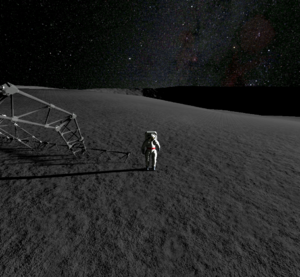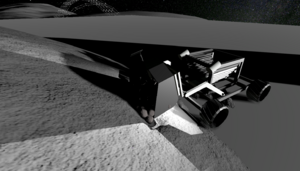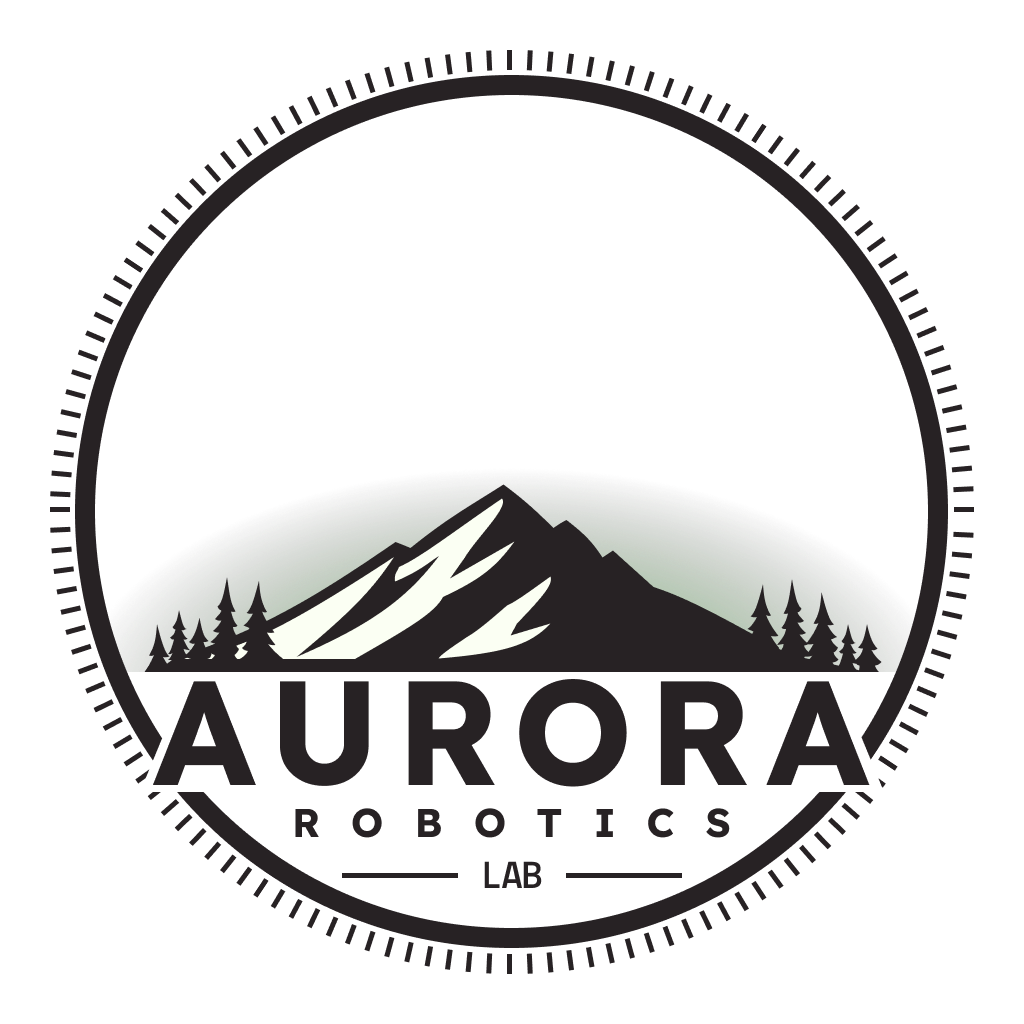LUMINSim
LUMINSim (AKA GodotRobot)

Developers: Visit LUMINSim Documentation for more detailed information about LUMINSim's inner workings and how to get started with development.

Overview
LUMINSim (Lunar Mining and Infrastructure Network Simulator) is an open source lunar robotic simulator developed by Aurora Robotics using Godot 4.4. It currently serves as a tool for testing and refining robots and their operations in a simulated lunar environment. We aim to make LUMINSim a commercially available product (see Current Status and Development) to assist us in research and testing.
LUMINSim allows us to test new LAMP candidates. Astra was the first LAMP candidate, but LUMINSim helped us identify fundamental flaws in its design.
Vision
Our vision is to release LUMINSim on Steam as a commercial-ready, full-featured lunar robotics simulator.
- Terrain Streaming System: A chunk-style terrain download architecture (glTF/GLB) so clients fetch precomputed lunar terrain from a server (rather than generating them locally).
- In-Sim Challenges: Challenge modes like fastest unloading, excavation, or structure assembly; enable players to script robot behaviors via accessible client APIs. Useful for testing LAMP candidates and getting useful feedback and data.
- Realistic Sensors & Automation API: Realistic sensors (LIDAR, depth cams, IMUs, encoders, etc.) and a control API for user-coded autopilots (over local MQTT/websocket?). The ability to send commands over local connections allows users to utilize any programming language with networking capabilities to talk directly to the simulator.
- Leaderboard & Accounts: An account system and integrated leaderboard with reward mechanisms (gift cards, in-game cosmetics/land) for the previously mentioned challenges, as well as regular gameplay (i.e., building up your own moon base on your allocated zone), to support competitive play that boosts our research.
- Protocol Compliance: Realistically enforced LunaNet/Artemis Accords-style safety zones (see LUMIN) in gameplay to simulate real-world compliance. Allow risk-and-reward scenarios where players can challenge others’ zones, with consequences like protocol bans, network restrictions, and in-sim enforcement via LAMP robots, while also testing my (Andrew Mattson's) thesis work.
- Ownership & Economy: Create an in-game currency and a system for earning/purchasing lunar land, managing modular base construction (see Buildot), and calling down/sending up landers (with semi-realistic, or at least proportional wait times?) to get more equipment or send up materials for in-game money.
For more in-depth information about the future of LUMINSim, see the LUMINSim documentation's future work section.
Features
- Playable characters:
- The LAMP v1 (Astra) rover
- Excahauler (in progress; no fork/dump yet)
- Procedurally animated astronaut character
- Deformable lunar terrain based on NASA height‑map data, with excavation and dirtball re‑merging.
- Modular tool attachments (bucket, forks, saw blade) connected via a ToolCoupler.
- Power system featuring rechargeable batteries, charging stations, and solar panels.
- Multiplayer networking with host/join menus and synchronized objects.
- User interface with rebindable controls, on‑screen joystick support, and FPS display.
- Utility scenes such as a brick maker, tool spawner, and dirt spawner.
- First‑person, third‑person, and spectator free‑camera modes.
Current Status and Development
LUMINSim is currently in its alpha stage. Ongoing development is aimed at developing LUMINSim into a commercial product available on Steam and on the web. The current idea is to have players join to develop their own lunar zones and compete in challenges that assist us in our research. LUMINSim will also continue to serve as a testbed for validating new LAMP candidates and other lunar technologies, especially as users test each candidate's limits.
For more information on the status of LUMINSim's development, see the LUMINSim Documentation page.
